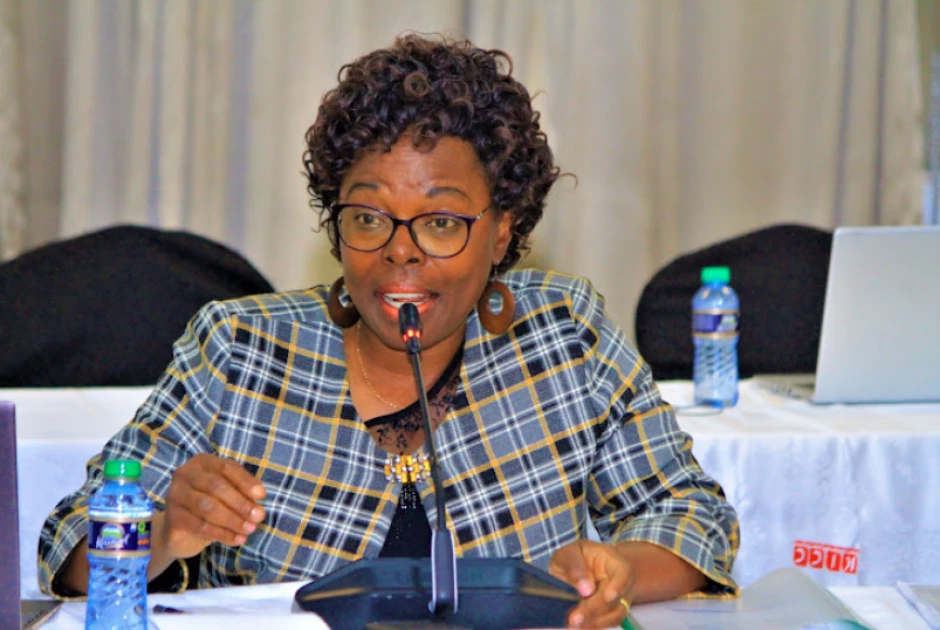County governments have been thrust into the spotlight after a new report revealed they owe suppliers and contractors billions in unsettled bills, a burden that has become a death trap for many businesses across the country.
What should be opportunities for growth through county tenders has instead turned into a cycle of despair, with firms collapsing under debt, endless paperwork, and drawn-out payment delays.
The latest findings by Controller of Budget Margaret Nyakang’o show that as of June 30, 2025, counties owed a total of Sh176.90 billion in pending bills.
Of this, county executives were responsible for Sh171.75 billion, while county assemblies accounted for Sh5.16 billion.
The report lays bare how long-standing these debts are, with Sh85.42 billion outstanding for more than three years, Sh20.34 billion pending for two to three years, and Sh19.78 billion left unpaid for between one and two years. Only Sh48.87 billion has been pending for less than a year.
“The significant amount of bills under one year is concerning, especially since full disbursement of the equitable share for FY 2024-25 had been provided,” the report states.
For many businesses, the impact has been crushing. What begins as an agreement with county leaders often ends in auctioneers, courtroom battles, or bankruptcy. Companies that delivered goods and services in good faith are now struggling to pay workers, service loans, or stay afloat.
Entrepreneurs speak of a painful cycle—supply goods, chase payment for years, drown in bureaucracy, and eventually face financial collapse.
Some counties have seen sharp increases in their debts over the past year. Bomet’s pending bills jumped from Sh448.76 million in June 2024 to Sh1.52 billion in June 2025, while Busia’s rose by Sh1.8 billion.
Nakuru’s debt grew by Sh2.57 billion, Machakos by Sh2.53 billion, Kilifi by Sh8.03 billion, Kiambu by Sh1.40 billion, Bungoma by Sh89 million, and Murang’a by Sh533 million. Others include Migori (from Sh864.39 million to Sh1.05 billion), Kajiado (Sh2.44 billion to Sh2.64 billion), and Makueni (Sh672.04 million to Sh818.2 million).
Nyakang’o warned that the build-up of unpaid bills is tied to poor financial planning and weak expenditure controls. She cited exaggerated revenue targets, long-running court disputes, and cash shortages caused by delayed disbursements from the National Treasury as key drivers of the crisis.
“Counties such as Turkana, Bungoma, Lamu, and Kajiado were among those where these challenges were observed, highlighting persistent weaknesses in expenditure management and pending bills resolution,” she noted.
To address the issue, the Controller of Budget has instructed counties to adopt realistic revenue forecasts, verify ineligible bills quickly, and include them in their budgets. They are also required to submit payment plans and regular progress reports for monitoring. However, the report pointed out that several counties are failing to follow through on agreed payment schedules, worsening the situation.
Regulation 55(2)(b) of the Public Finance Management (County Governments) Regulations, 2015, requires counties to prioritize the clearance of eligible pending bills as the first charge in their budgets, but many are ignoring this obligation.
Amid the gloom, a few counties recorded progress. Nairobi, which still accounts for nearly half of the national pending bills, reduced its debt by Sh36.78 billion to Sh86.77 billion as of June 30, 2025. Mombasa’s bills fell from Sh4.44 billion to Sh3.86 billion, while Kwale’s declined from Sh2.13 billion to Sh1.89 billion.
“County treasuries are advised to settle outstanding debts using the first-in-first-out principle, in line with Regulation 55(1)(b) of the Public Finance Management (County Governments) Regulations 2015,” the report states.
Nyakang’o also revealed that her office has developed a new pending bills template, approved during the 27th IBEC session, to help counties track and report their debts in the 2025-26 financial year.

